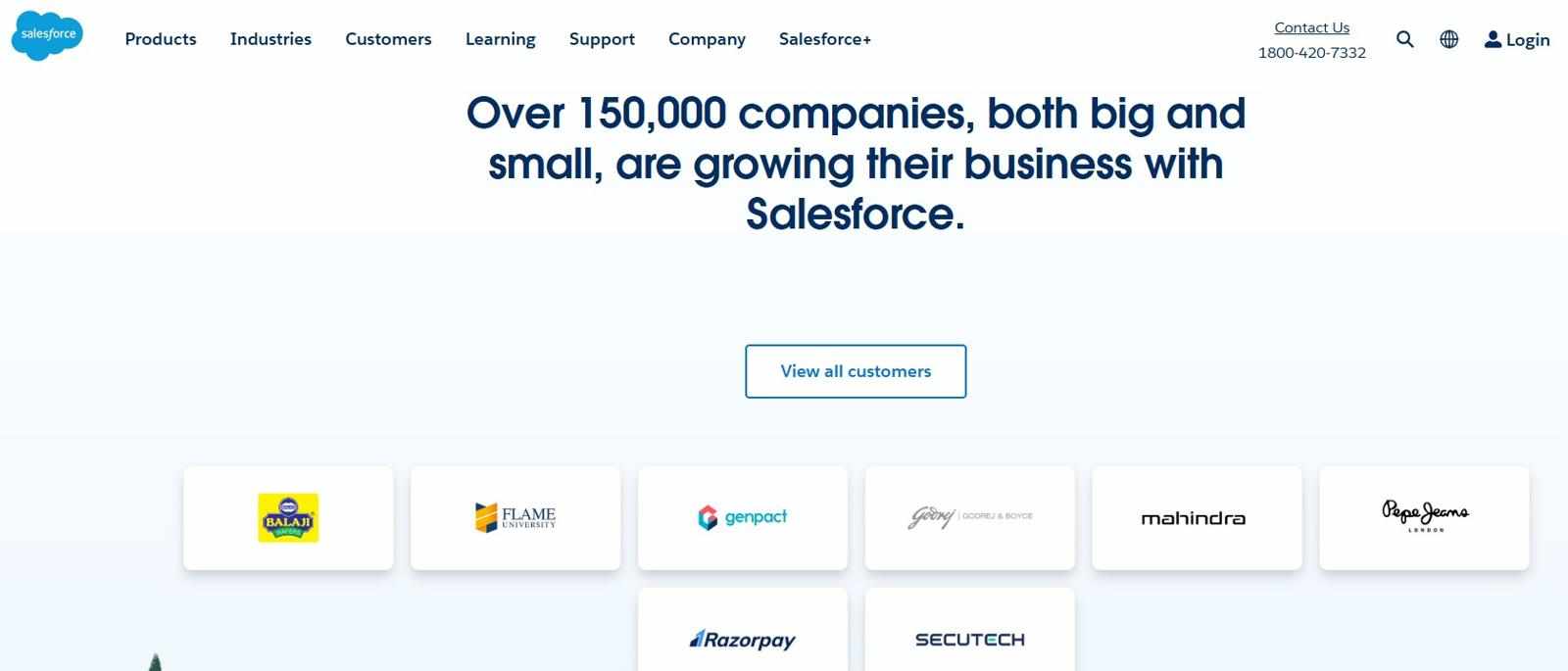
In today's fast-paced and complicated business world, companies often work on several projects connected to reach their strategic goals. A specific designation is needed to ensure these projects are coordinated and work with the bigger goals. This designation is called "Program Manager."
Let's talk about the main things that Program Managers have to do and the problems they face in this blog post. There are also real-life cases in the post that show how important it is to get a Program Management Professional (PgMP)® certification.
Understanding a Program Manager
A program manager is in charge of a group of related projects that work together to reach the organization's planned goals. Program Managers make sure that multiple projects are in line with the company's overall goals, while Project Managers only work on one project at a time.
What Does a Program Manager Do?
Strategic Alignment: Making sure that all projects in the program support the long-term goals of the company.
Program Governance: Setting up rules for making choices, handling risks, and keeping an eye on project progress.
Benefits management: Finding, keeping track of, and realizing the promised benefits of the program's results.
Communication with stakeholders: Controlling their expectations and making sure their needs are met. This is called stakeholder engagement.
Management of resources: Putting resources to good use across projects to get the best results and success.
Risk management: Finding and reducing the risks that could affect the success of the program.
Issues That Program Managers Have to Deal With
Program Managers face several problems despite the vital part they play:
Complexity management: Juggling many projects that depend on each other can be hard and needs careful planning.
Resource Limitations: Making sure that projects don't lose quality or time because of a lack of resources.
Problems with Stakeholders: Dealing with stakeholders whose needs and demands are different can cause issues that need good negotiation skills to be solved.
Change management: Adjusting to changes in the organization's strategy or outside factors that have an effect on the program's goals.
Benefit Realization: This means making sure that the program's goals are met and that its effects can be measured.
Case Study: How Starbucks Went Digital
Starbucks began a digital change program to get its customers more involved with its loyalty programs and mobile app. The Program Manager had trouble getting different project teams to work together and integrating new technologies with current systems. Through good program control and the involvement of stakeholders, Starbucks was able to keep customers and increase sales.
Reasons Why PgMP Certification Is Important
Achieving the PgMP certification from the Project Management Institute (PMI)® is a smart move for workers in the middle of their careers who want to do well in program management. You can get this internationally recognized credential if you show you can manage multiple related projects and make sure they all fit with your organization's goals.
Advantages of Getting PgMP Certified
Focus on getting better at leading cross-functional teams and complicated projects.
A professional reputation will improve if a qualified expert in program management is recognized.
Ascend to higher roles like Program Director or Portfolio Manager.
Certified workers with the PgMP designation usually get paid more than their non-certified peers.
Story of Success: Getting Ahead in Your Career with PgMP
Emma, who has worked in IT for more than ten years, got the PgMP certification to move from project management to program management. After getting certified, she got a job as a Program Director, where she was in charge of several projects and made a big contribution to the strategic goals of her company.
Getting Ready for the PgMP Certification
Getting PgMP certification takes a lot of hard work:
Learn how the test is set up: You have 240 minutes to answer 170 multiple-choice questions about Strategic Program Management, Program Life Cycle, Benefits Management, Stakeholder Engagement, and Program Governance.
Sign up for a PgMP Course: A structured PgMP course gives you a lot of information and study tools specifically made for the exam.
Use resources and study guides: Use PMI's Standard for Program Management and other reliable sites to learn more.
Create study groups: Connect with your peers to get new ideas, talk about tough topics, and keep yourself inspired.
Use Mock Exams to Prepare: Take practice tests regularly to see how ready you are and where you need to improve.
In the End
A Program Manager is very important for ensuring that many projects align with and reach a company's strategic goals. Getting a Program Management Professional (PgMP) certification gives workers the advanced skills and credibility they need to deal with complexity, lead cross-functional teams, and promote value on a large scale.
The need for certified Program Managers will only grow as companies continue to focus on digital transformation and strategic innovation. This makes the PgMP training a valuable credential for professionals who want to move up in their jobs and make a big difference in program leadership.







Write a comment ...